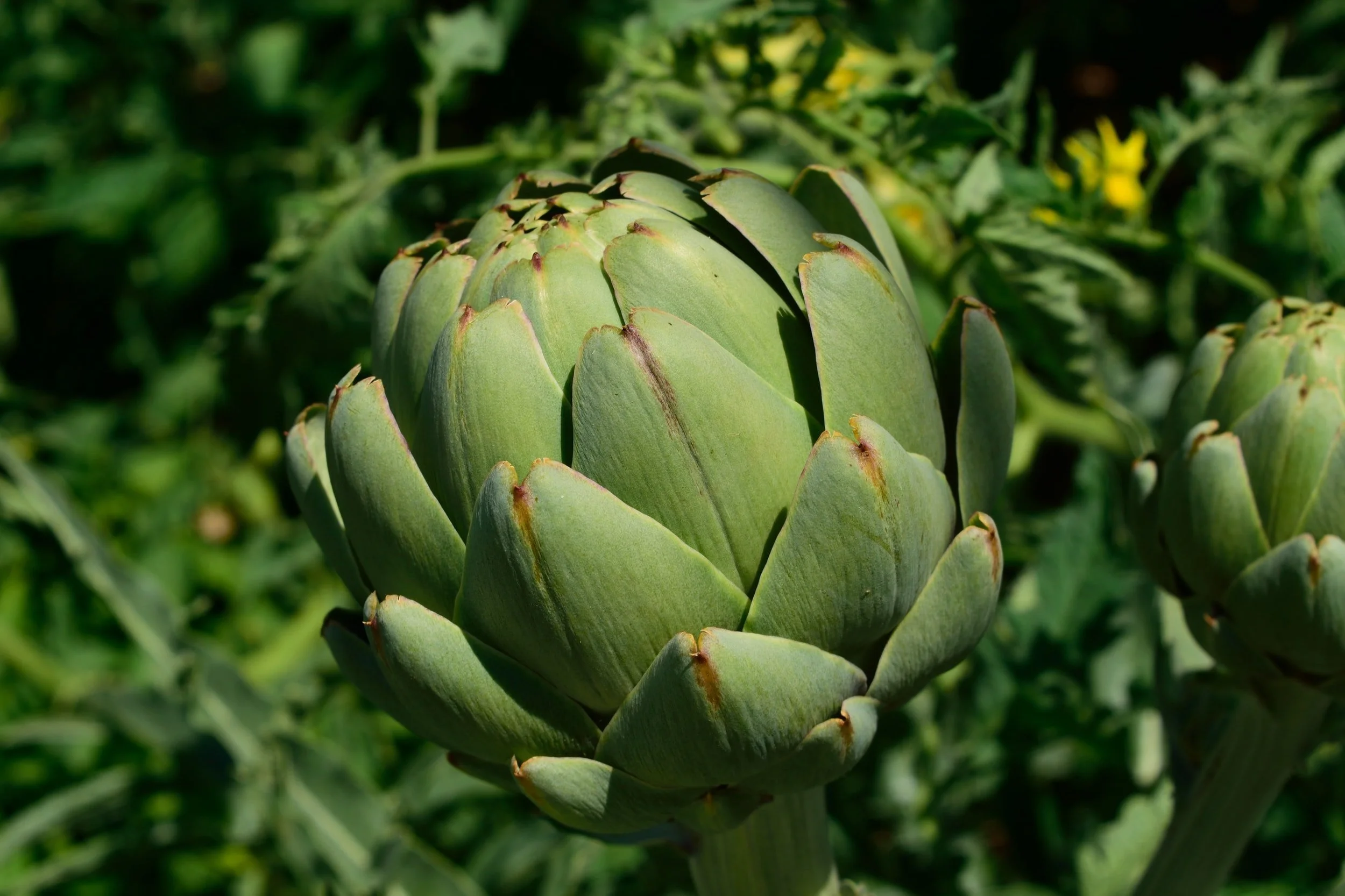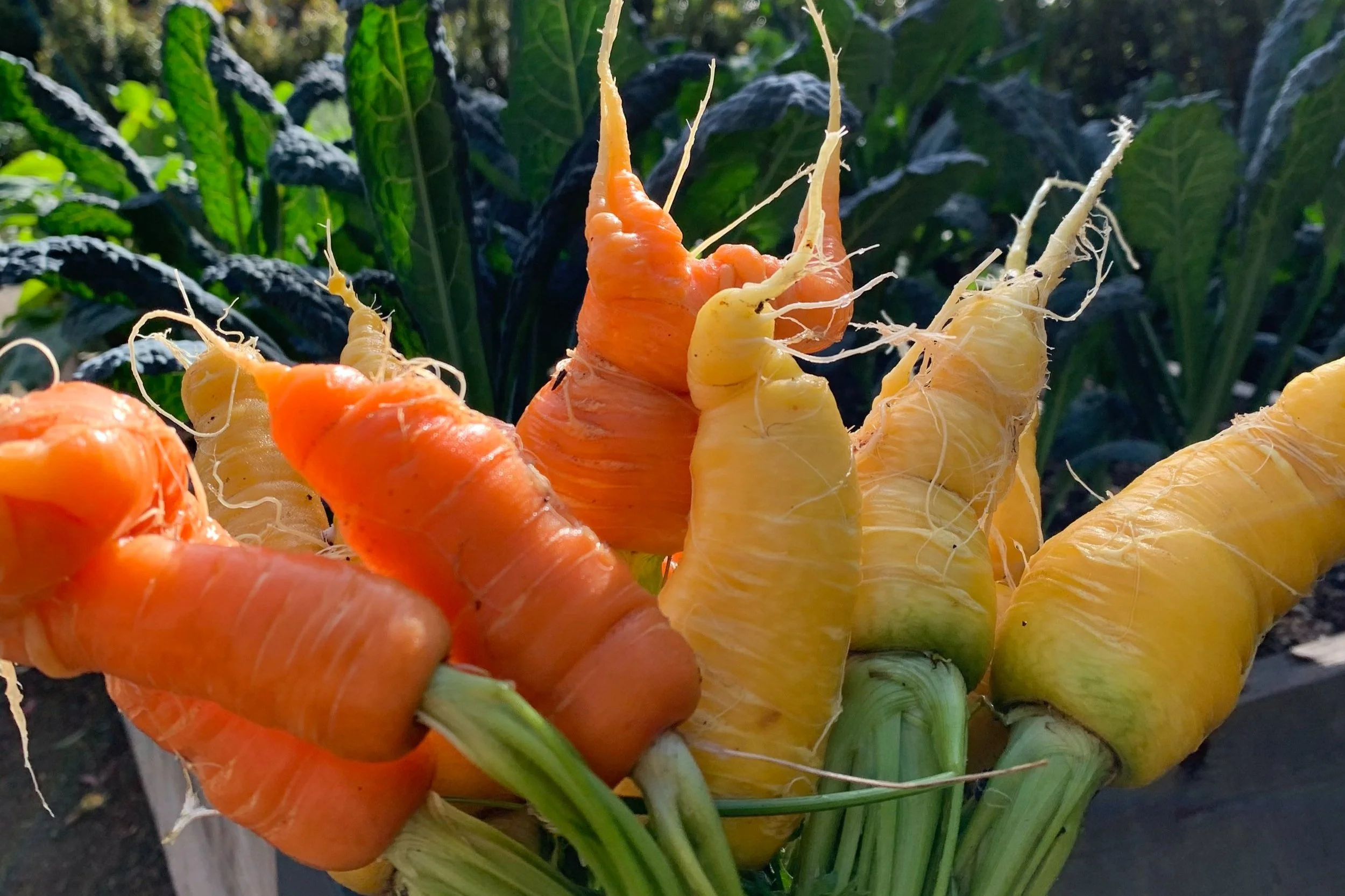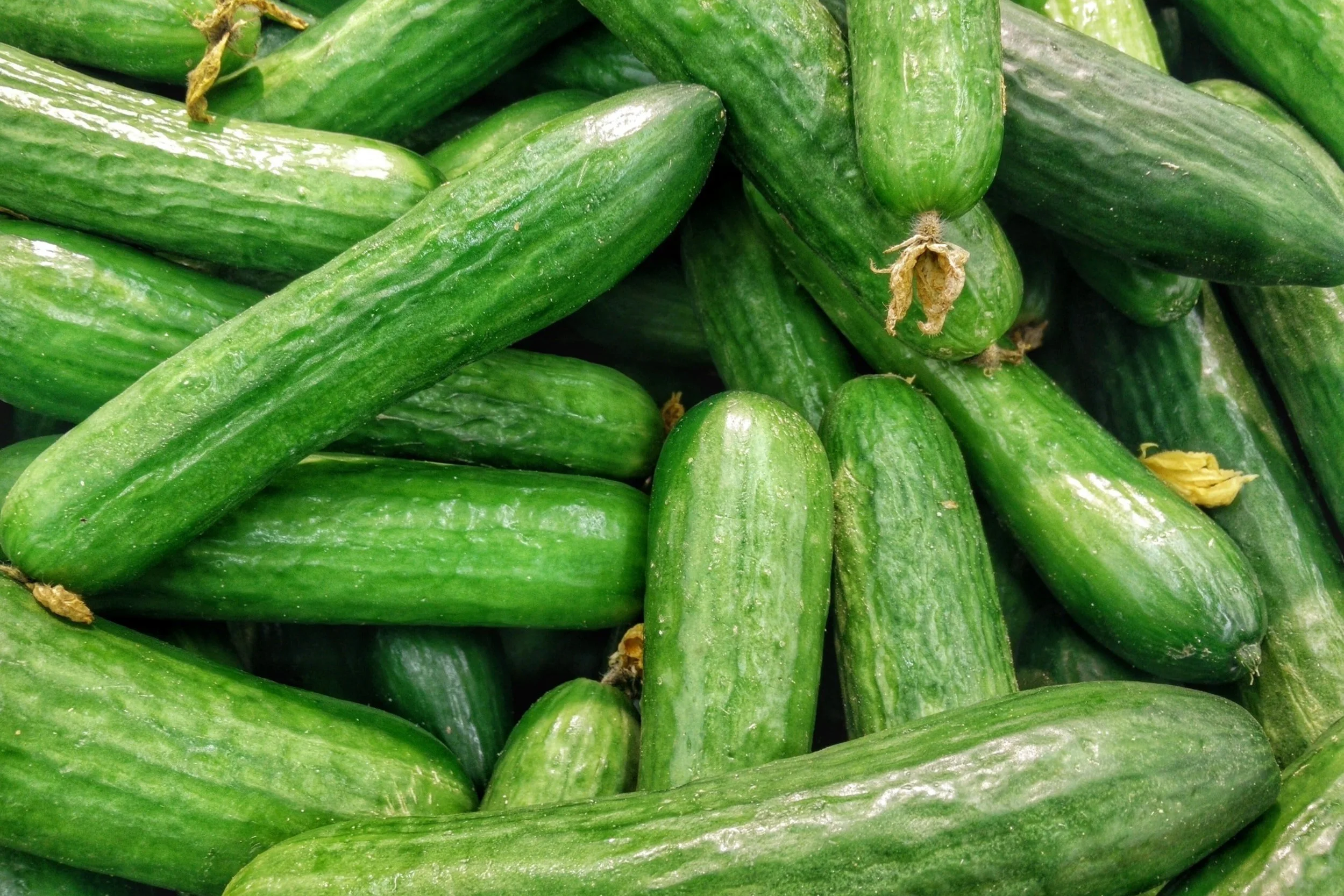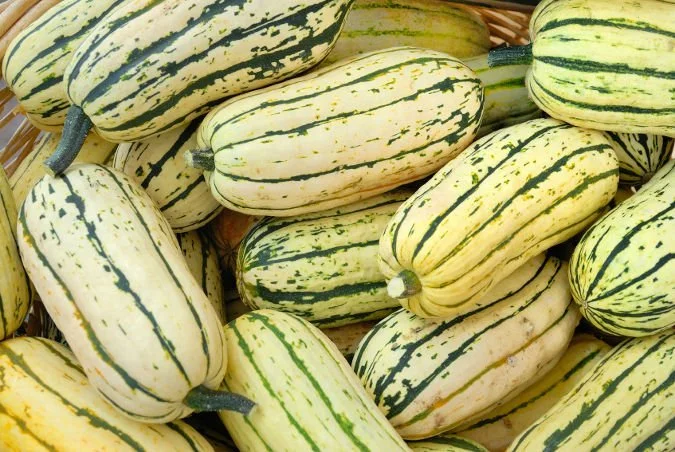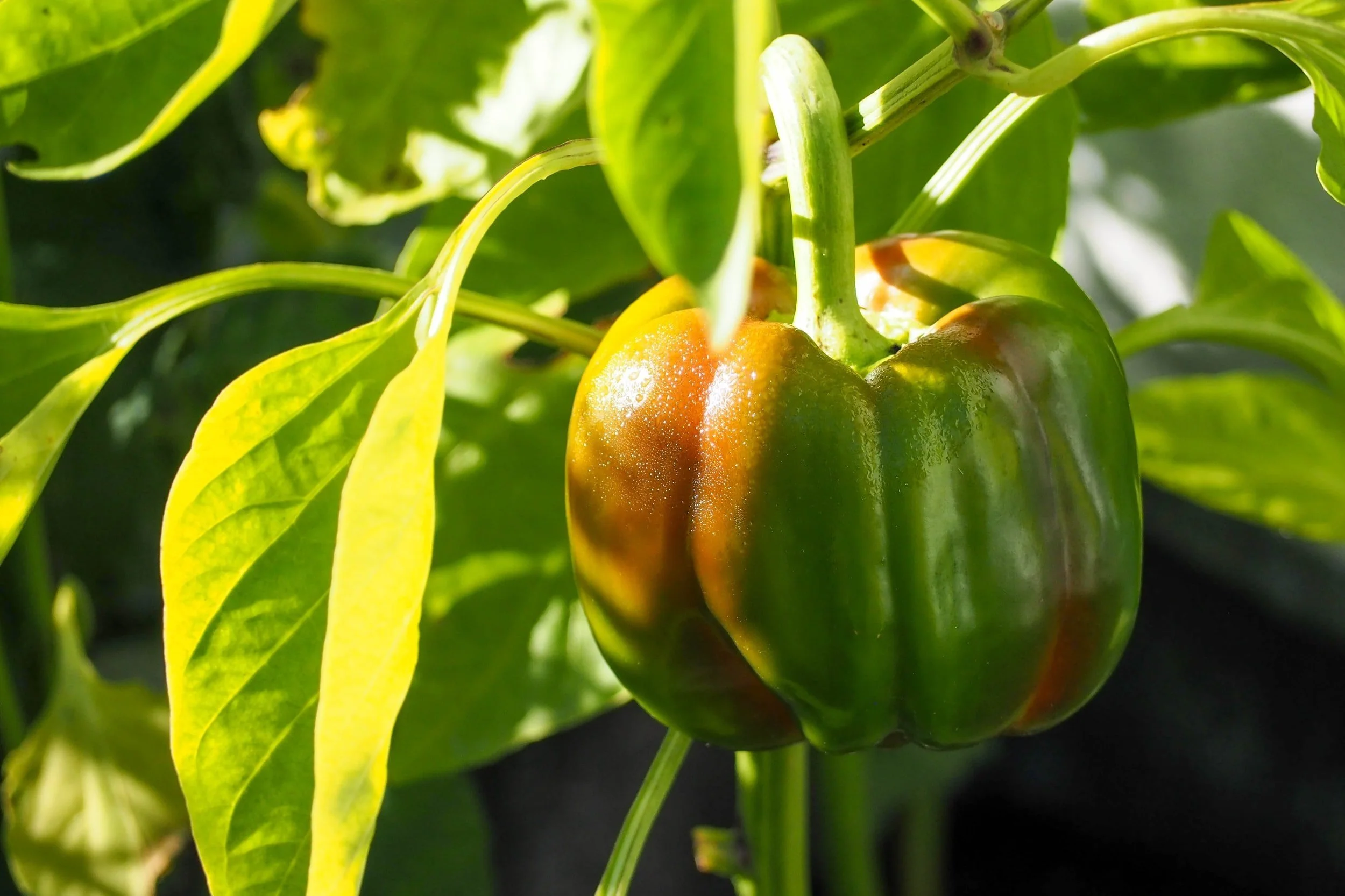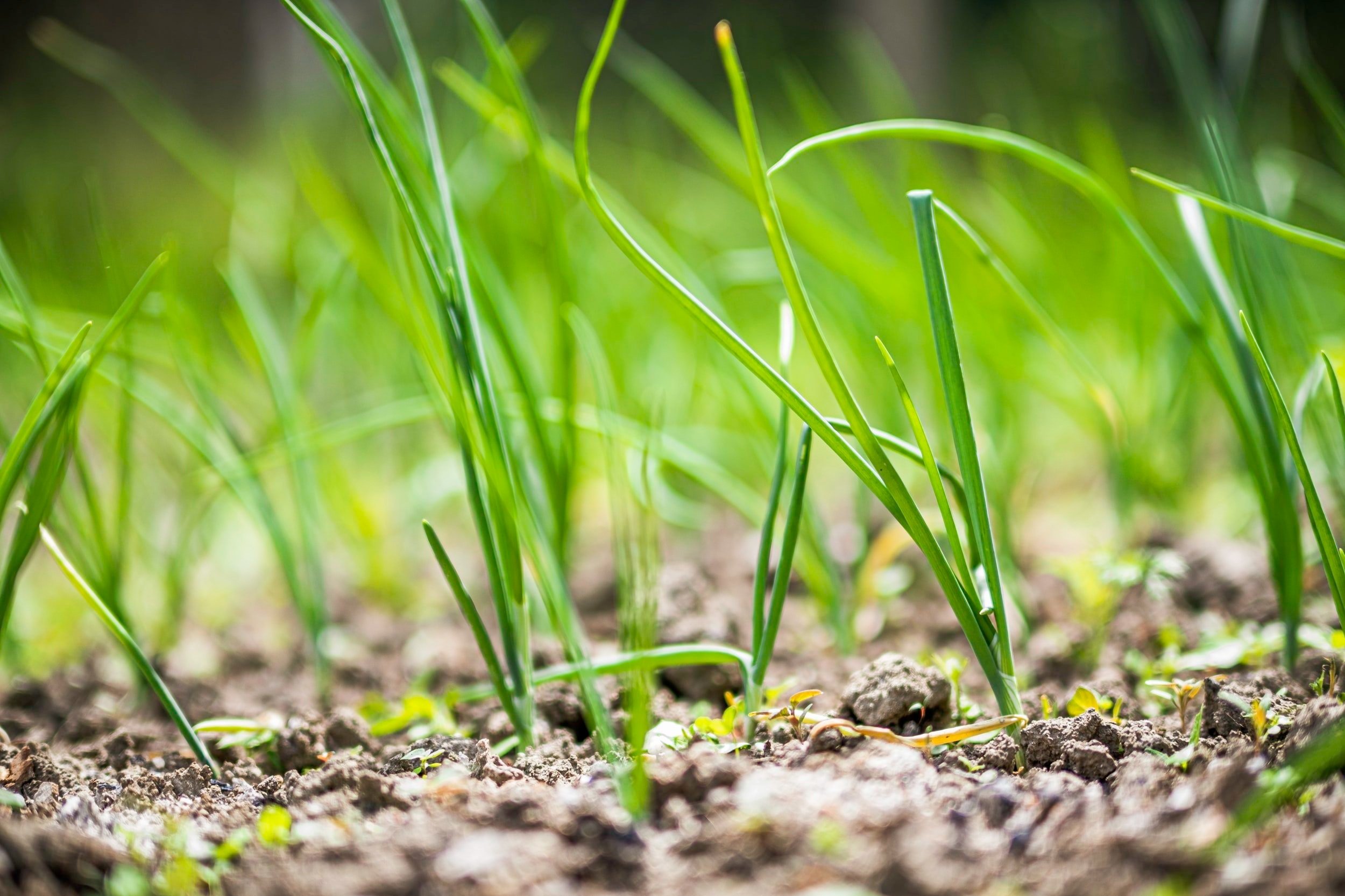Artichoke
Artichoke
Artichokes are ready to be harvested once the fruit has formed. The average artichoke bud will get to 2-4” in diameter. Make sure to harvest before they fully open up and bloom. To harvest use clippers to cut about 2” below the head of the artichoke.
Beans
Beans
Beans will be ready to harvest when the pods are still tender and are around 6 inches long. Pick beans by cutting or pulling the bean away from the stem. Harvest often to encourage more fruits to form.
Beets
Beets
Beets are ready to harvest when they are golf ball to tennis ball size. The best way to harvest is to pull the entire beet from the soil holding the leafy greens.
Carrots
Carrots
The best way to harvest is to pull the entire carrot from the ground holding the leafy greens.
Celery
Celery
The best way to harvest is to cut the larger stalks near the base of the plant.
Cucumbers
Cucumbers
Fruits will be around 5 inches long when ready to harvest and exhibit an even green color with smooth skin. Cut fruit directly above the stem to harvest. Harvest often to encourage more fruits to form.
Delicata Squash
Delicata Squash
These squash are grown in the long hot days of summer and then stored for use in the fall and winter. The fruits are ready when they are around 2 lbs and the outer skin has cured. Harvest by using clippers to cut the squash away from the stem. These squash can be eaten right away or stored in a well ventilated area for a month or more!
Eggplant
Eggplants
Eggplants are ready for harvest at any desirable size, usually 2 weeks after fruit set. Fruits will be uniform in color with smooth skin. Harvest often to encourage more fruits to form.
Fennel
Fennel
Harvest fennel at the base of the plant when the bulb is about the size of a tennis ball. Approximately 2-3.” Use your hands to clear the soil away from the bulb and gently pull. Use clippers to cut roots away from the bulb. The fronds are edible too!
Leeks
Leeks
Leeks are ready to harvest when the base of the stalks is 1-2” in diameter. Gently twist the stalks by grabbing the leafy greens to harvest.
Onion
Onion
The best way to harvest is to pull the entire plant from the ground. When necks become soft and tops are falling over, pull and sun-cure at least 2–7 days, depending on weather. Move to a protected location to finish drying.
Pattypan Squash
Pattypan Squash
Squash are ready to harvest when 3” in diameter. These flatter summer squash are easy to harvest by twisting the fruit from the vine or cutting where the fruit meets the stem.
Peppers
Peppers
While all peppers begin their life as green, they will turn color as they mature. Wait to harvest until peppers are 80% of their final color for the best flavor. Harvest by cutting peppers from the stem just above the fruit.
Radish
Radish
The best way to harvest is to pull the entire plant when the radish root reaches about 2 inches wide.
Scallions
Scallions
Harvest when the scallion is about ½” at its base by gently loosening the surrounding soil and pulling the entire plant.
Shallots
Shallots
The best way to harvest is to pull the entire plant from the soil when necks become soft and tops are falling over. Sun-cure at least 2–7 days, depending on weather. Move to a protected location to finish drying.
Squash Blossom
Squash Blossoms
The best squash blossoms are harvested from the male flowers of zucchini plants. The male flowers, which appear on long stems, are best harvested early in the season as they are the first to appear. Once female flowers (which will be attached to small immature fruit) emerge, leave most of the male flowers on the plant to ensure pollination.
Tomato
Tomato
Tomatoes come in a variety of sizes and colors so it can be hard to determine if they’re ready just by looking at them. Tomatoes will be tender to the touch when they are ripe. To harvest, cut the tomato from the stem.
Zucchini
Zucchini
These summer squash are ready to harvest when they are 6-8” long. Harvest often by cutting the fruit from the vine.


